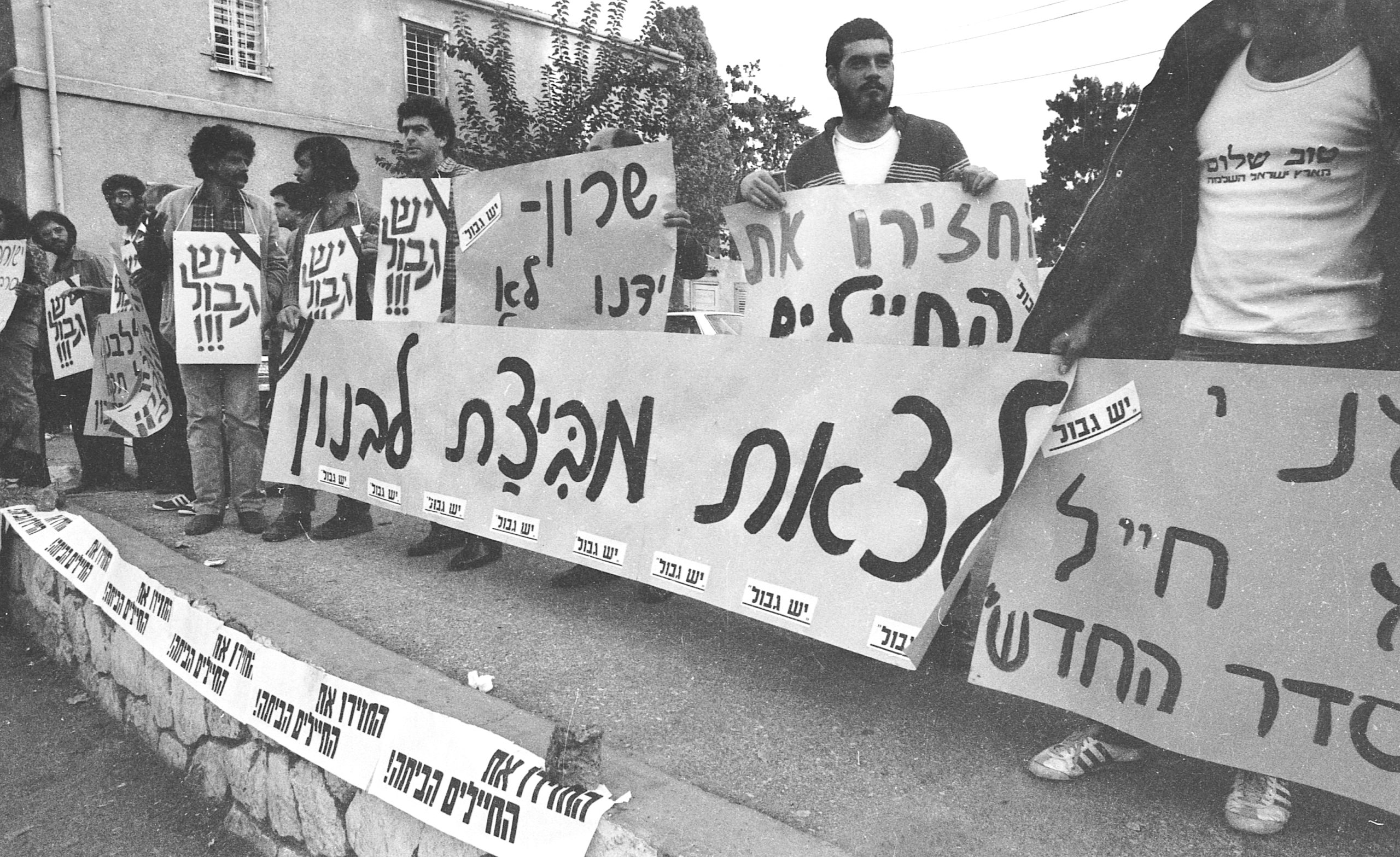
September 25, 1982
An estimated 400,000 protesters in Tel Aviv demonstrate anger at the massacre in the Sabra and Shatila refugee camps in Lebanon and demand an investigation into Israel’s role and responsibility. Organized by the 4-year-old organization Peace Now, the protest involves roughly 10% of Israel’s population.
Between 400 and 3,500 Palestinians were killed in the camps from Sept. 16 to 18 by the Lebanese Christian Phalangist militia, an Israeli ally outraged by the assassination of newly elected President Bashir Gemayel, a Christian. Although Israeli troops did not participate in the massacre, the slaughter occurred in an area of Beirut controlled by the Israel Defense Forces, which did nothing to protect the civilians in the camps.
The Israeli government forms the Kahan Commission to investigate IDF involvement and responsibility in the massacre. The independent panel’s months-long investigation finds Israel is indirectly responsible and produces a recommendation in 1983 for the resignations of many senior leaders who failed to stop the killing but does not blame Prime Minister Menachem Begin, who emphasizes the First Lebanon War’s success at driving the Palestine Liberation Organization out of southern Lebanon. The Kahan report says Defense Minister Ariel Sharon bears personal responsibility for “ignoring the danger of bloodshed and revenge,” and he is forced to resign.
A U.N. commission concludes that Israel bears responsibility for the massacre as the occupying power of the area of the camps.
